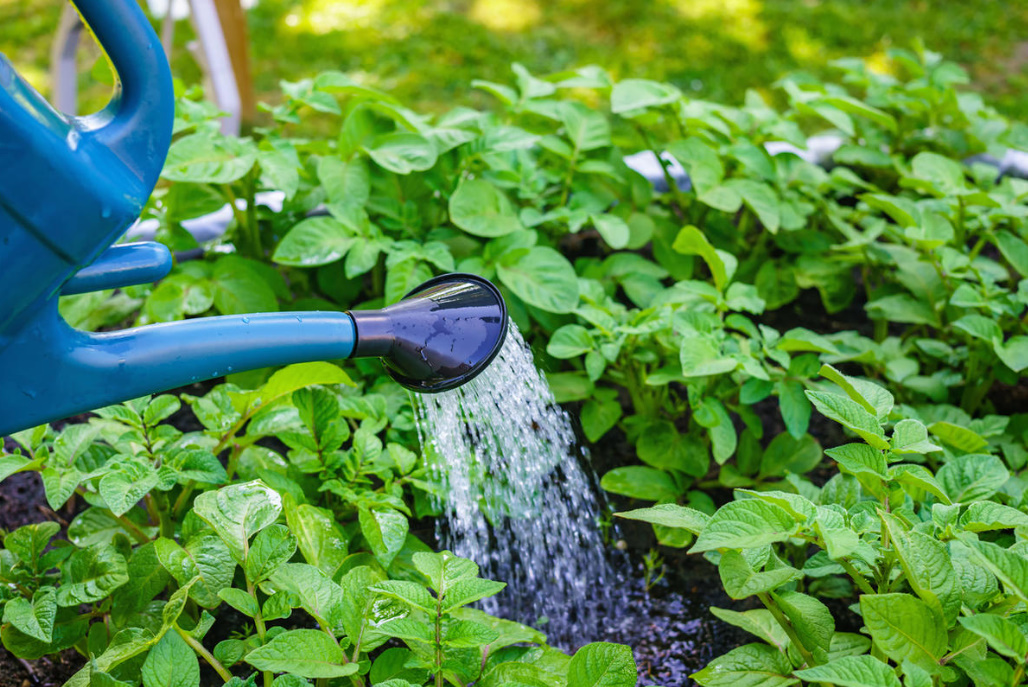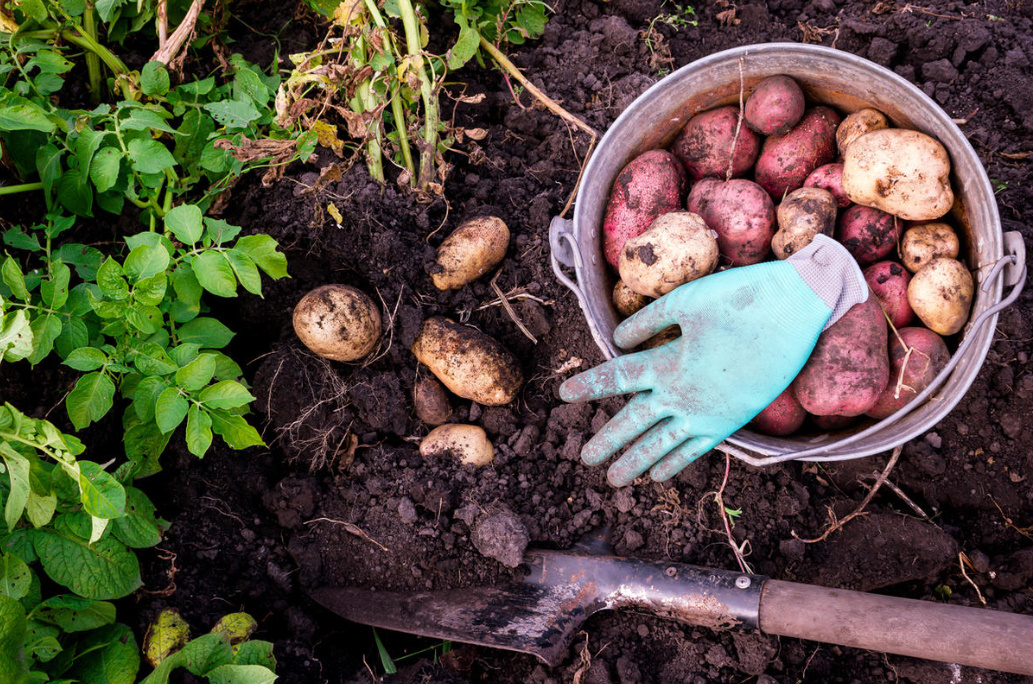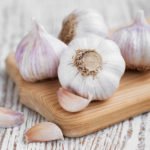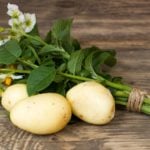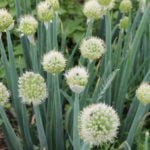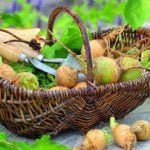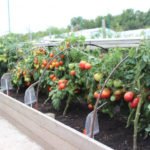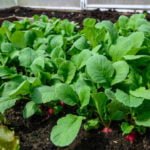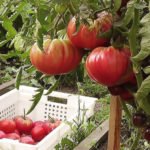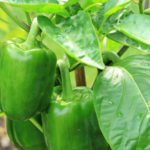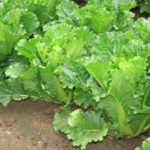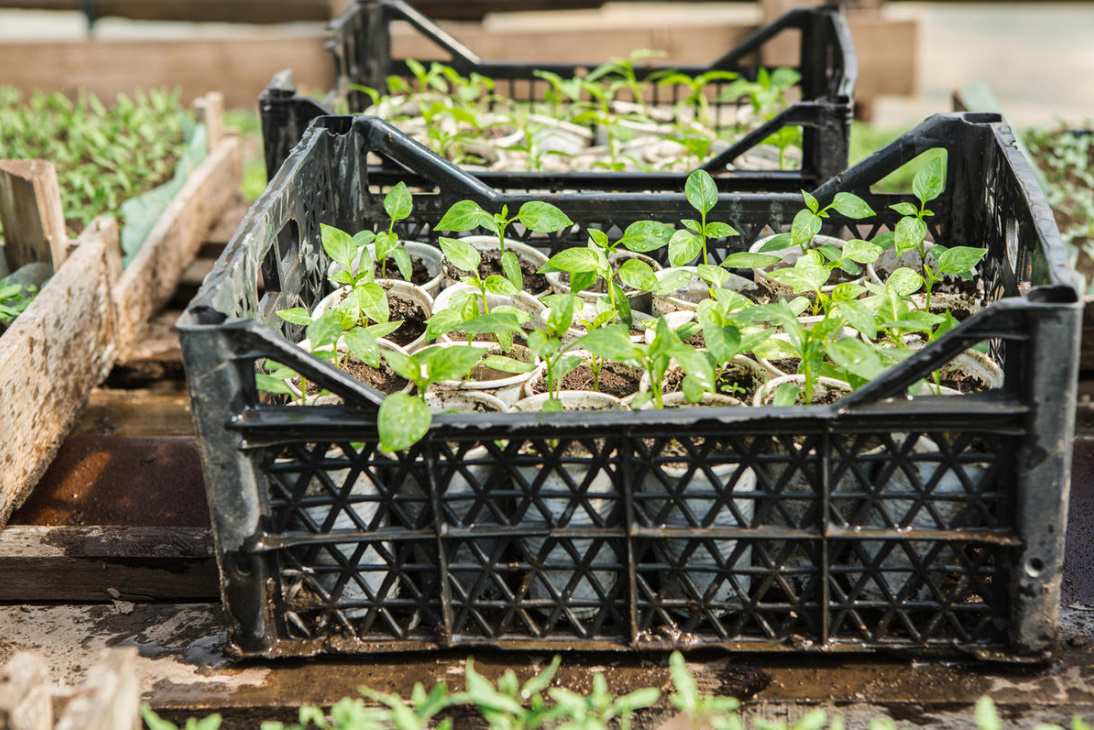Compliance with proper agricultural technology is the key to a high yield. This rule is true for any vegetable crop. Potatoes are no exception. And the preparation for its planting begins in autumn, when you harvest and sort the tubers, postponing those that will become the seed material. From now on, we will tell you more about all the stages of growing potatoes in your garden.
When digging, take a closer look at which bushes are the most productive, and collect seed potatoes from them. In scientific terms, this is called “clone selection”. For planting, smooth, beautiful tubers of typical shapes and colors for a particular variety are selected, weighing 60-80 g (a simpler guideline is the size of a chicken egg). Then the tubers should be dried well, and before laying for storage, they should be sorted again and laid out on grids with labels.
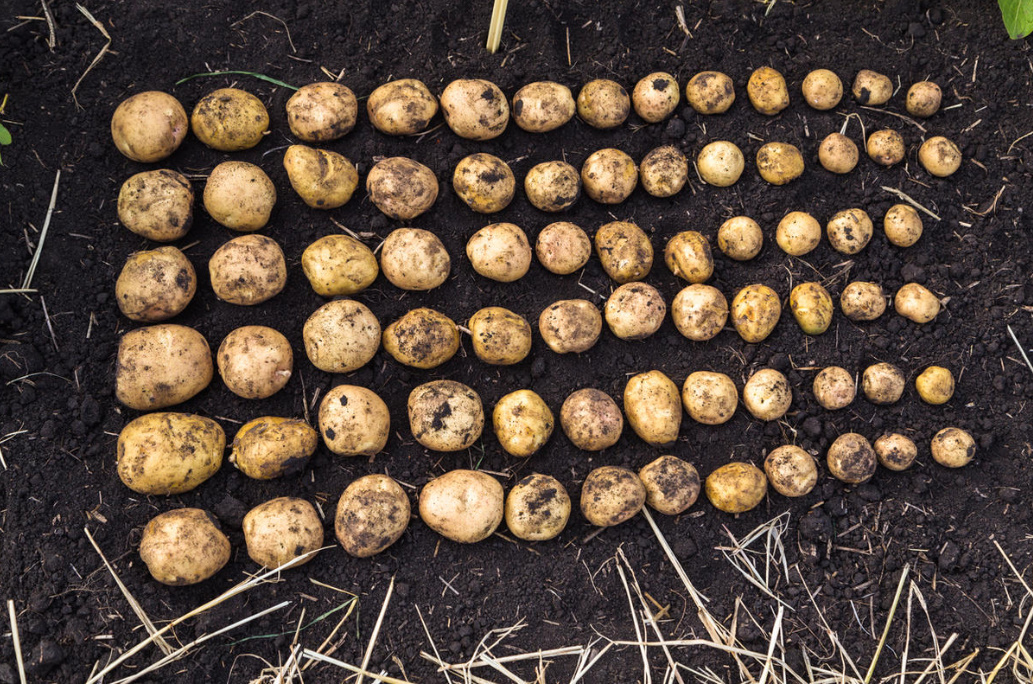
Seed potatoes can be bought from a trusted manufacturer: it costs a lot, but it is not a pity to give money for the quality and guarantee of a high yield. On sale you will find seed material of different generations. The earliest is mini-tubers. They are obtained from a healthy virus-free material grown in a test tube. But mini-tubers are not popular with summer residents: they are expensive, and there is a lot of fuss with them. They are grown only for the sake of updating the seed fund.
The next generation is the super—super elite. And if you plant purchased seed potatoes, then you should choose it. This is a full-fledged, healthy seed material that will show all varietal qualities. The tubers obtained from him and selected for planting are called super elite, then comes the elite. Subsequent generations are indicated by a number — the larger it is, the more years have passed since receiving the virus-free material. Since the 3rd generation, potatoes are usually used only for food purposes, and not for reproduction.
What should be done before landing
About a month (or at least 2 weeks) before planting, the tubers are taken out of storage and taken out to a warm, well-lit place. In the heat, the sprouts begin to wake up, and in good light they will be strong and will not stretch out. This is the easiest option. It is also possible to plant ungrown tubers, in this case the development of plants will lag behind for several days.

As a rule, summer residents do not have the opportunity to strictly observe crop rotation, and potatoes have been “sitting” in one place for many years. But this culture is not bad for such constancy, if there are no outbreaks of serious diseases. Just do not forget to apply fertilizers — potatoes are especially responsive to the introduction of potassium (the simplest option is ash). Compost or manure should be well-rotted, fresh organic matter should not be introduced categorically.
Planting potatoes
Planting is started when the soil is well warmed up. According to the signs, it is necessary to focus on other plants — for example, the flowering of a dandelion.
The plot for growing potatoes should be well cleared of weeds, especially perennial and long-rooted. The most dangerous is Elymus repens, because the wireworm loves it very much.
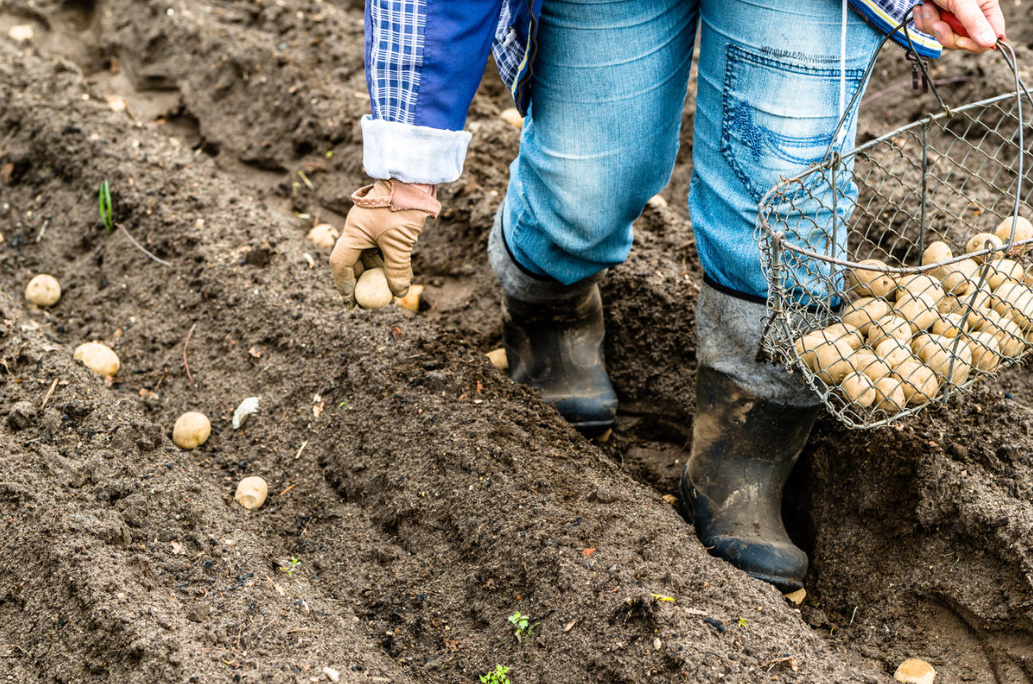
Manual weeding is a tedious task, and special herbicides will help to quickly cope with weeds. However, it is important to understand which ones can be used when planting potatoes, and which ones cannot. But it’s easy to figure out. There are herbicides of continuous action that destroy all plants that they fall on (including agricultural crops). And there are drugs of selective, that is, selective action that affect certain types of weeds. They will kill weeds and will not harm the vegetable crop. After harvesting potatoes, you can use the first type, during planting and after — only the second.
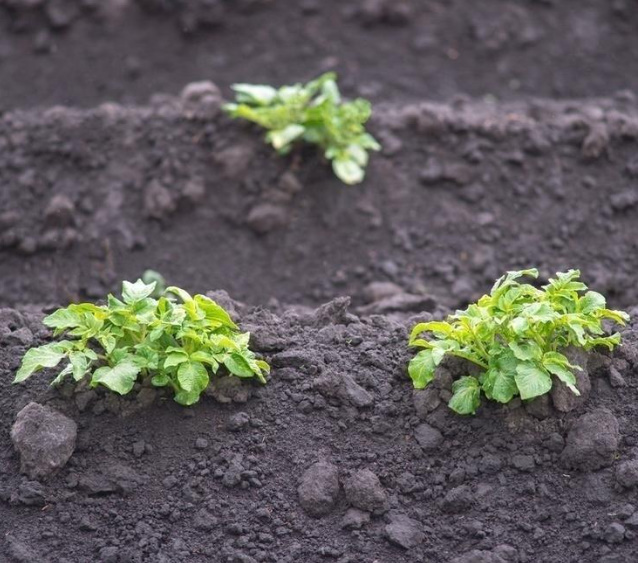
But there is an important point — if conditions are not too favorable during the processing period (severe drought or, on the contrary, rains are so abundant that there are puddles in the furrows), the remedy can also act on potatoes, especially on varieties with white smooth skin and varieties with red peel and white pulp.
Regardless of which weeding method you choose, keep the aisles free of weeds, especially important before closing the tops of potatoes.

When to hoe and water potatoes
Hoeing is a necessary, albeit time—consuming operation (add to this a preliminary weeding). If the potato is initially planted too deep, it will take a lot of effort to break through to the light. And if it is located close to the surface of the earth, then direct sunlight can fall on the tubers. It is known that the poisonous substance solanine accumulates in them in the light, they turn green and become unfit for food. It is better to use such tubers for planting or to throw them away. If the bushes are faithfully hoed, such a problem does not arise. When the lower part of the stem comes into contact with the ground, adventitious roots are formed — and, importantly, new tubers.
Many varieties of foreign breeding are hoed 1 time. Domestic — used to 2-3 procedures:
- When the height of the tops reaches 5 cm . If there is a threat of frost, then you can cover the young
- shoots with soil “with your head” to protect them from low temperatures.
- Before closing the tops.
When the buds appear.
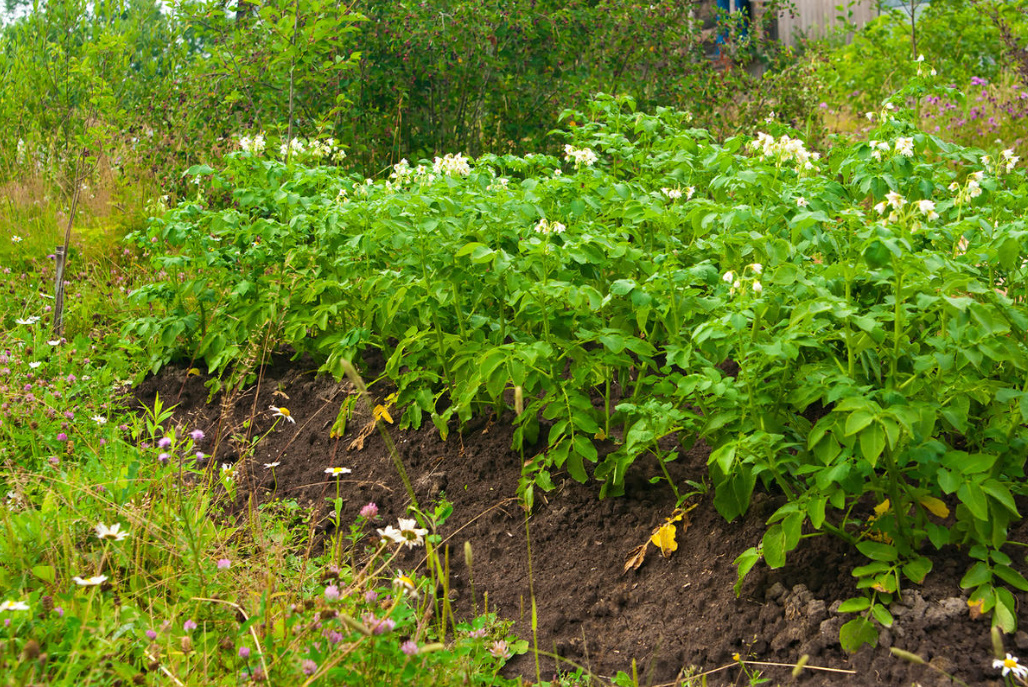
Some gardeners replace hoeing with mulching, which potatoes treat well. This is justified if the mulch layer is thick, high, but not excessive soil moisture is constantly maintained. You can combine both methods: after the last hoeing, switch to mulching (for example, mown lawn grass).
Potatoes are generally drought-resistant, but regular watering contributes to an increase in yield. It is especially important that there is enough moisture in the soil when seedlings appear and during flowering, when there is an intensive growth of tubers. But before digging, it is not necessary to water. After rain or watering, it is advisable to loosen the soil a little — carefully so as not to damage the tubers ripening in the soil.
